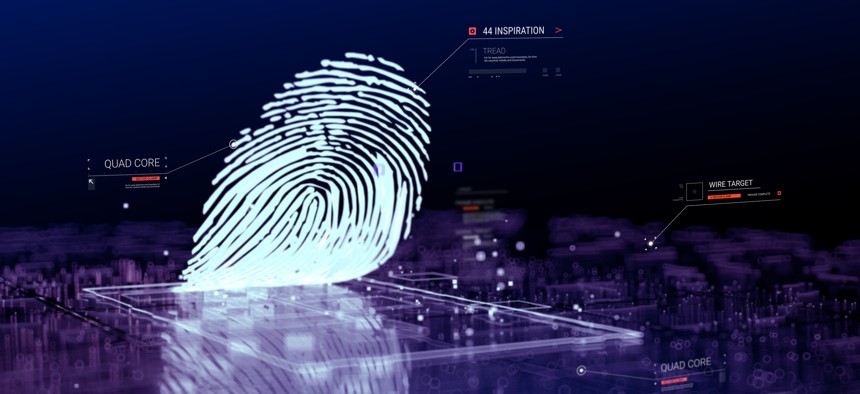Building a solid foundation for digital identity

Andriy Onufriyenko / Getty Images
Standardization and guidance on identity federation -- a reciprocal, trusted way to authenticate and share information about users – is essential for building a digital identity ecosystem.
Digital identities are in the fast-approaching future, with many U.S. states already adopting digital driver’s licenses as a first step. It is only a matter of time until digital IDs will replace many other forms of ID – like Social Security cards, passports and other forms of personal identification. Which means, practically speaking, a person’s digital identity must be verifiable and trusted across the various platforms where it will be used.
Here, at the start of this significant transition, it is important that agencies that issue identification documents collectively strive to do digital ID right. That includes implementing proper safeguards from the design phase throughout the digital ID lifecycle.
While currently the most active steps toward digital identification are being taken at the state level, federal agencies are starting to explore it as well. There are digital ID initiatives taking place at multiple federal agencies, but to date, no guidance has been released.
Lack of a clear charter on who has the lead, combined with multiple entities exploring their own digital ID platforms risks ineffective or improper implementation. Yet there must be agreement and some guidance and standardization because identity federation -- a reciprocal, trusted way to authenticate and share information about users -- will be essential to this new paradigm’s success. For example, federated identity will ensure a digital driver’s license issued in one state can be reliably used to verify identity in another. Such standards are yet to be developed.
Top digital ID considerations
Any guidance on securing digital identification must include, at a minimum, three technologies: cryptography, multifactor authentication and blockchain/distributed ledger. Because personal data is distributed, blockchain technology can help secure it by making sure that a person who gets access to one piece of information can’t combine it with additional information on the same subject. Blockchain can also be used for identity proofing and ensuring the validity of transactions. Cryptography must be employed to encrypt data being used during transactions, and it will also enhance hash functions used in the distributed ledger process. MFA will create a more secure authentication process, which is important given the potential for damage to individuals if their digital identification is accessed maliciously.
Another significant consideration for digital ID systems is data privacy. Systems must be designed and applied according to the principle of least privilege – only exposing specific pieces of an individual’s data to the entity that needs that particular piece at a specific time for a specific purpose. Digital ID systems must also ensure that personal data is not inadvertently exposed during transactions.
Strict access controls and privacy go hand-in-hand with data minimization, where only the data essential to identity verification is collected and stored. In the private sector, it’s common practice to collect and expose far more data than is actually needed. While consumers may have gotten used to unnecessarily supplying lots of personal information to all manner of entities, government agencies should avoid this questionable practice. And, once collected personal data is no longer meaningful to the specific collection purpose, it should be deleted.
An early example
The American Association of Motor Vehicle Administrators is working to apply a standardized approach to digital IDs. AAMVA developed mobile driver’s license implementation guidance that includes recommendations on data minimization to allow for proper data sharing. For example, an issuing authority may decide to record fractional information about a driver (i.e., including an optional age-in-years along with a date-of-birth field), empowering the ID holders to limit sharing to only their age, not their exact date of birth.
While AAMVA’s efforts are a step in the right direction, there are many questions to be worked through before defining a standard that can be broadly applied, including: What specific data elements are required for different transaction types? How can data that is exposed be minimized? Can collected data be reused for other purposes? How can individuals opt into which data elements may be released to a verifier? Will a self-sovereign identity model be developed that determines how much control users actually have over their information?
These are difficult questions that need thorough assessment to make sure transactions can be effective while compliance is met and individuals’ rights are recognized.
A moment of opportunity
Digital IDs present a big change and a big challenge. This transition is inevitable, but to make sure it happens as it should, we must get it right from the start. Early digital ID efforts in Estonia and India show that threat actors are eager to exploit system vulnerabilities. As we embark down this road, all entities responsible for verifying identity will benefit greatly from a consistent approach that transcends state borders and respects the sovereignty of U.S. citizens over their data.
NEXT STORY: Maryland ramps up cybersecurity





